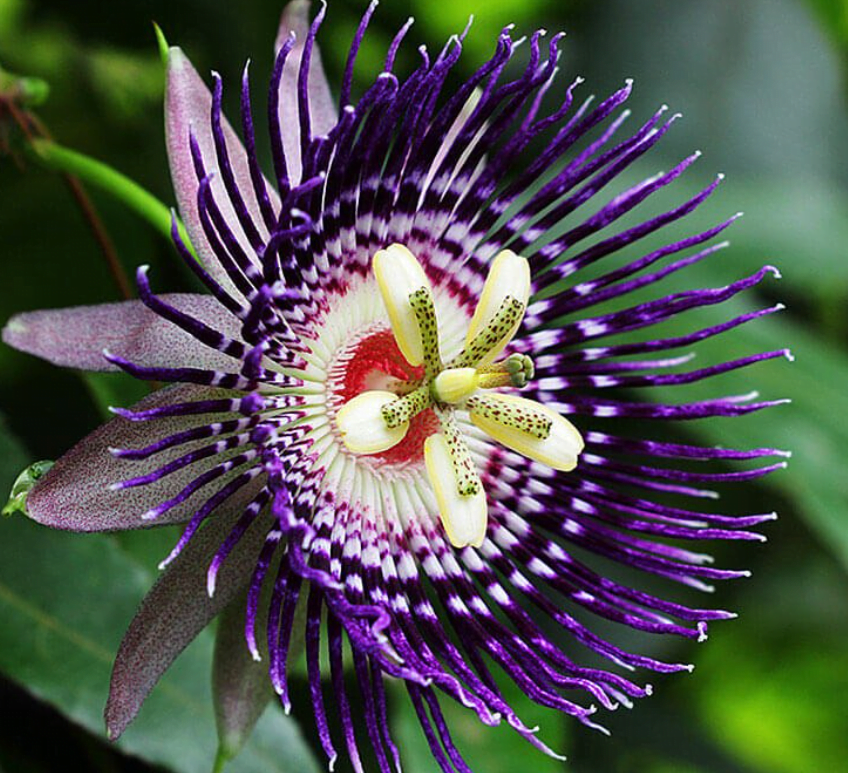It is believed that the Passion Flower was cultivated in the gardens of Aztec priests and kings.
Since its discovery in the New World by Europeans almost 500 years ago, the passion flower has not only been noted by its discoverers as a source of food with medicinal properties, but has borne a name symbolic of the “passion of Christ,” playing a significant role in Christian iconography and attempts to convert the native American people.
It began when this unusual flower became a symbol of the passion of Christ. From the Pope all the way down to the friars, the Church tried to teach the native Americans that in the flower was a message of the gospel.
They visualised that in “flos passionis” were three stigma or female parts, representing nails of the cross; five male anthers, for the wounds to the body of Christ; coronal filaments, resembling the whips of the Roman guards; and the 10 petals and sepals for the disciples, with the exception of Judas the betrayer and Peter as he denied knowing Jesus. Through South and Central America the passion flower is called “The Flower of the Five Wounds”.
The Israel the dictionary calls it Pri hashonit, or fruit of the clock, perhaps as its flower resembles the face of a timepiece. But it is known in shops and markets as “passiflora”. The Japanese also call it the clock flower.

